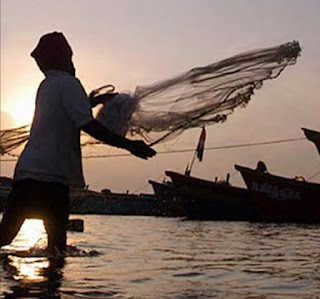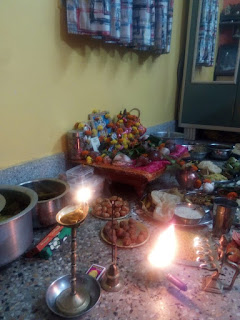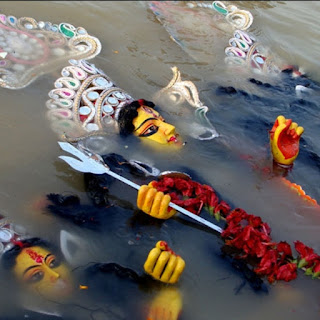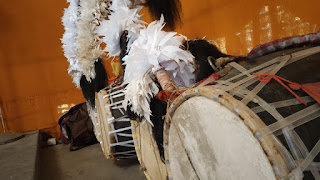An ancient ritual of eating fourteen leafy vegetables( the chodda Sag ) on the day of Chaturdashi in the month of Kartika exist among the people of Bengal, residing in the eastern region of South Asia. The day falls ahead of the Amabashya night - when Ma Kali is worshipped The chouda Sag whose cooking and serving as a main item in day time main meal has been practised since ages. The name of these vegetables is Helencha ba hinche sak, ooal pata ba sak,mankochu pata, kulekhara ba kule sak, beto sag, sorshe sak, guloncho sag, jayanti sak, ghetu sag ba vhat pata, keu sak, sushni sak,sanji ba santi sag ( another name borma sag) , kalmegh and neem pata. The sags are consumed not for warding off unholy spirits from the home but for improving immunity from various diseases with the arrival of the winter season. The health benefits of these leaves can make you take note of the insight of our ancestors in discovering the benefits of eating certain plants. 1. Blood purifier and mental s







